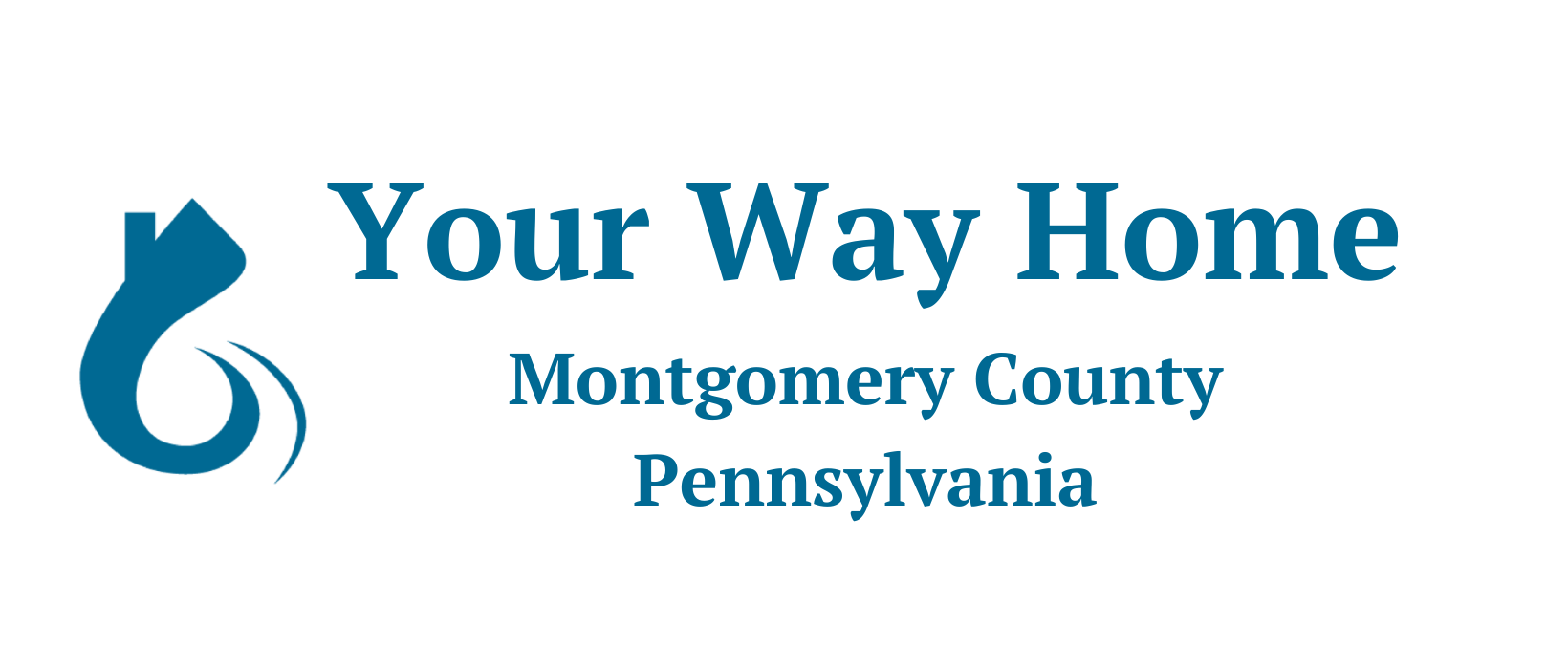Disabling Conditions, Race, and Permanent Supportive Housing
by Greg Barchuk
As Your Way Home embraces equity as a core strategy to end homelessness in Montgomery County, we continue to examine the ways in which racial, ethnic, gender, and age groups are inequitably served by the homeless crisis response system. This year at the National Human Services Data Consortium (NHSDC), I presented a session on how to measure demographic disparities in homeless response systems. [Click here for a link to the presentation]
One area that we and other communities around the country have pinpointed is a disproportionality in access to permanent supportive housing (PSH), and how it may be connected to the intersection of disability and race.
In many places, we see white participants in homeless systems enrolling in PSH at higher percentages than that of white folks in the general homeless population. Since the homeless system in most communities is disproportionately made up of black or African Americans, this means that we see more white residents in the longest-term permanent housing type, while higher percentages of black residents are in emergency shelters and (time-limited) transitional housing. In short: white folks are in apartments, while black folks are in shelter.
Permanent supportive housing is an intervention targeted to individuals who are chronically homeless, which, in order to meet the definition established by HUD, requires both a confirmed disabling condition and homeless duration of at least 12 months (either consecutive or in total over at least 4 periods of homelessness within the past 3 years). It combines long-term housing supports, often in the form of rental assistance, with supportive services to ameliorate the ways in which disabling conditions impact a person’s ability to live independently.
National data does not support the notion that the white population experiences higher rates of disability than the black population – it is in fact the opposite. Thus, the pattern we see in PSH enrollment rates suggests one of two possible explanations: 1) a more-disabled selection of the white population falls into homelessness than the black population, or 2) something is going awry in communities’ coordinated entry processes.
What is Going On?
Much of the initial work in this area has been focused on evaluation of the tool(s) we use for triage. This is important - we should ensure our triage and prioritization processes are free of bias. It would be ethical malpractice to simply assume our survey tools are foolproof, or that they need no revision as cultural attitudes shift over time. Some communities have identified a racial bias in their assessment scores – white folks score higher, indicating a greater need for interventions like PSH. However, we have not seen this in Montgomery County.
During one session I attended at NHSDC this year, another attendee offered a different explanation. In discussion about asking whether a homeless individual has a mental illness, she (as a woman of color) said: "For white folks, depression is a mental illness. For us, it has to be something like schizophrenia."
If cultural differences in the definition of mental illness play a large role in whether a person is identified as chronically homeless, it undermines the validity of PSH eligibility criteria. If this is happening, it raises significant concerns about how communities prioritize housing resources.
Testing the Theory
I looked into our data to see if this pattern was present. Perhaps to no surprise, it is. Because the disabling condition data element is collected multiple times (assuming a person enrolls in more than one project type during a year), I focused solely on the emergency shelter population. In 2017, Montgomery County shelters recorded 673 unique enrollments in which a person reported having a disabling condition. Of these, 53% of shelter residents reporting a disability were white, and 41% were black. In Montgomery County, about 51% of the entire homeless population is black and only 38-40% is white, so at first glance this would suggest that the white homeless population is more disabled than the black homeless population.
But that is not the entire story.
Self-reports of mental illness overwhelming skewed white. Among those reporting mental illness as a disabling condition, 58% were white and 37.0% were black. However, after taking into account any disabling condition except mental health, the pattern was reversed: 55% of non-mental health disabilities were reported by black shelter residents, and only 37% were reported by white residents.
This white skew in mental health reporting is so strong that it pulls our overall disability percentages toward the white shelter population.
It’s worth noting that, at least in Montgomery County, we see no irregularities in enrollments for our rapid re-housing (RRH) program. Likely, this is because RRH does not require participants to have a documented disabling condition.
Implications
National data does not support that white people experience mental illness at higher rates than people of color. Barriers to accessing health care and/or mental health diagnoses, implicit bias of medical professionals, different levels of stigma across cultures, all help to skew patterns in self-reports.
In 2018, the American Psychiatric Association published a report that acknowledged the disproportionate impact of these factors on people of color.
CoCs must look beyond the surface-level metrics of homelessness, and dig deeper into how concepts like “disability status” break along racial, ethnic, or gender lines.
We live in a country that has had the deck stacked against African Americans for centuries, and we see the consequences of those injustices in the data of every other social institution. The homeless crisis response system is no different. We cannot ignore these realities if we ever hope to understand and end homelessness.

